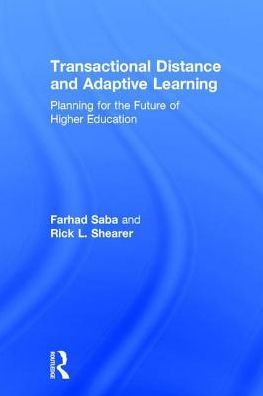Based on the TTD, this pragmatic approach offers instructors, administrators, students, and other stakeholders a comprehensive planning method to assess the current state of their instructional, learning, and management practices and to develop alternative models to prescribe future improvements in their institution. This complex, self-organized, and adaptive method includes current and emergent properties of:
- hardware, software, and telecommunications systems that allow faculty, students, and administrators to communicate;
- instructional and curriculum systems that provide teaching and learning environments for faculty and students; and
- management, societal, and global systems that influence how institutions are supported, funded, and managed.
Based on the TTD, this pragmatic approach offers instructors, administrators, students, and other stakeholders a comprehensive planning method to assess the current state of their instructional, learning, and management practices and to develop alternative models to prescribe future improvements in their institution. This complex, self-organized, and adaptive method includes current and emergent properties of:
- hardware, software, and telecommunications systems that allow faculty, students, and administrators to communicate;
- instructional and curriculum systems that provide teaching and learning environments for faculty and students; and
- management, societal, and global systems that influence how institutions are supported, funded, and managed.

Transactional Distance and Adaptive Learning: Planning for the Future of Higher Education
242
Transactional Distance and Adaptive Learning: Planning for the Future of Higher Education
242
Product Details
| ISBN-13: | 9781138302334 |
|---|---|
| Publisher: | Taylor & Francis |
| Publication date: | 10/19/2017 |
| Pages: | 242 |
| Product dimensions: | 6.00(w) x 9.00(h) x (d) |
